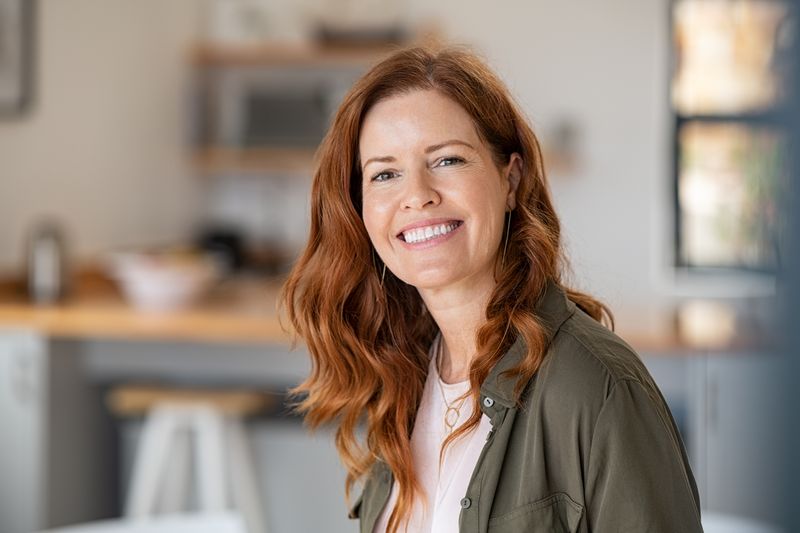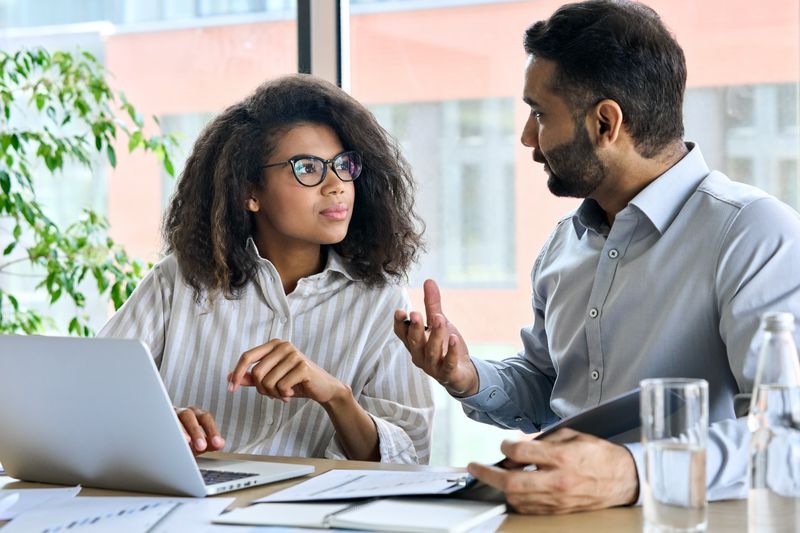Building connections with others doesn’t always require words. Sometimes, the smallest gestures leave the biggest impact. Nonverbal communication speaks volumes, fostering trust and warmth without uttering a single syllable. Subtle actions have the power to convey empathy, attentiveness, and openness. Whether you’re looking to strengthen personal relationships or make new friends, these tiny yet effective gestures can create a lasting bond. From the warmth of a genuine smile to the confidence of open body language, each gesture enhances your ability to connect on a deeper level. Explore these nine gestures that can silently yet powerfully win people over.
1. Genuine Smiles That Reach the Eyes

A genuine smile does more than brighten a face; it lights up a room. Known as a Duchenne smile, this expression involves the entire face, particularly the eyes. The subtle crinkles at the corners signal authenticity.
People instinctively respond to this smile, feeling more at ease and connected. It creates a positive emotional contagion, fostering an environment of warmth and safety.
Whether meeting someone new or greeting a familiar face, a genuine smile is a powerful, wordless way to express kindness and openness. It’s a simple gesture that speaks the universal language of connection.
2. Subtle Head Tilts While Listening

Imagine a friend sharing a story, and you tilt your head slightly to the side. This simple gesture is more powerful than it appears. A head tilt conveys empathy and curiosity, signaling you value the speaker’s words.
It’s a nonverbal cue that shows attentiveness, making others feel heard and understood. This act of openness fosters deeper connections and trust.
In both personal and professional settings, a subtle head tilt can transform a conversation into a meaningful exchange. It’s a small, yet impactful way to bridge gaps and build rapport without saying a word.
3. Maintaining Warm, Steady Eye Contact

A steady gaze can speak volumes. Maintaining warm eye contact during a conversation conveys confidence and sincerity. Striking the right balance—around 60–70% eye contact—ensures you appear engaged without overwhelming the other person.
This gesture can transform interactions, fostering a sense of trust and understanding. It’s a silent affirmation of interest and respect.
Whether in casual chats or important meetings, warm eye contact can enhance your connections, making people feel valued and comfortable in your presence. It’s a simple yet powerful way to express attentiveness and create rapport.
4. Mirroring Body Language

Have you ever noticed how people in sync often mirror each other’s actions? This subconscious mimicry builds a sense of rapport and harmony. Mirroring involves subtly reflecting another’s body language, enhancing feelings of connection and trust.
It’s a silent acknowledgment of shared understanding and alignment, crucial in building both social and professional relationships. By matching gestures or posture, you create an unspoken bond.
Whether with a friend over coffee or during a business meeting, this technique strengthens interpersonal ties, fostering a collaborative and engaging atmosphere without uttering a single word.
5. Using Open Body Posture

Open body posture is a universal sign of approachability and confidence. Picture someone standing with uncrossed arms and relaxed shoulders—this openness invites engagement and signals you’re receptive.
Such a posture conveys nonverbal cues of trustworthiness and warmth, making others feel at ease in your presence. It’s a straightforward yet effective way to foster a welcoming atmosphere.
In any setting, whether greeting colleagues or meeting new friends, maintaining an open body posture enhances your ability to connect authentically. It’s a silent invitation to communicate openly and genuinely.
6. Small, Affirming Nods

Imagine you’re recounting a story and notice your listener nodding gently. This subtle gesture is incredibly affirming. Small nods indicate you’re engaged and encouraging the speaker to continue.
It’s a silent yet powerful cue of validation and affirmation, enhancing the speaker’s comfort and confidence. This gesture is an unspoken acknowledgment of the conversation’s importance.
Whether catching up with a friend or during a presentation, affirming nods foster an environment of empathy and understanding. It’s a simple yet profound way to appreciate and value another’s perspective without interrupting the flow of dialogue.
7. Leaning In (Slightly) During Conversations

A slight lean forward can make all the difference in a conversation. This gesture signals genuine interest and attentiveness, making the speaker feel valued and heard.
Leaning in subtly conveys that you are fully engaged and empathetic to the discussion, enhancing the sense of connection and warmth.
Whether in a casual setting or a formal meeting, this simple act can transform the interaction, promoting a feeling of closeness and understanding. It’s a silent nod to your willingness to be present and involved in the conversation.
8. Light, Appropriate Touch

A brief touch, when appropriate, can deeply enhance connection. Whether a pat on the shoulder or a handshake, this gesture releases oxytocin, the “bonding hormone.”
Executed with respect, light touch fosters immediate rapport and warmth, reinforcing the bond between people. It’s a silent affirmation of familiarity and support.
In personal interactions or professional settings, a well-timed touch can convey empathy and solidarity. It’s a powerful, nonverbal signal that speaks to the heart, building bridges of understanding and trust without needing words.
9. Matching Speaking Rhythm and Pace

Synchronizing your speech tempo with others creates a sense of harmony and connection. This subtle mimicry helps people feel “in sync” with you, fostering an environment of mutual understanding.
Matching rhythm and pace subconsciously builds rapport, making interactions smoother and more engaging. It’s a silent indicator of alignment and cooperation.
Whether chatting with a friend or collaborating in a team meeting, this technique enhances communication, ensuring everyone feels heard and valued. It’s a nonverbal way to resonate with others, strengthening the bonds of conversation.

Comments
Loading…